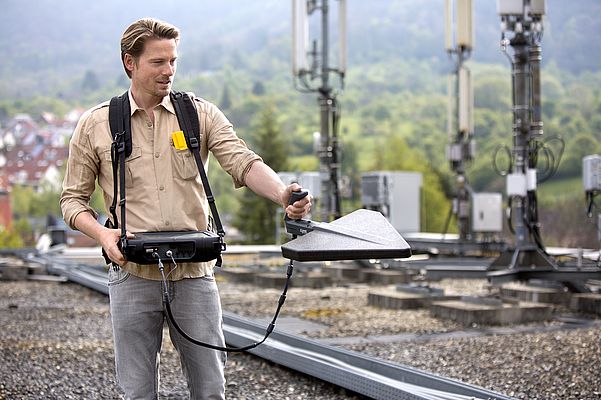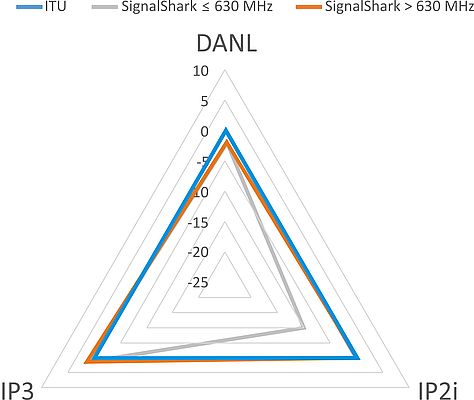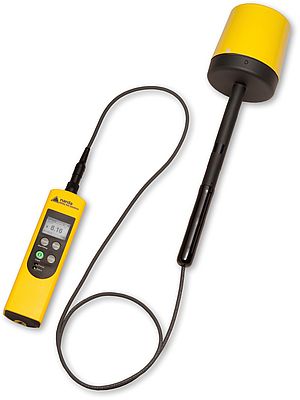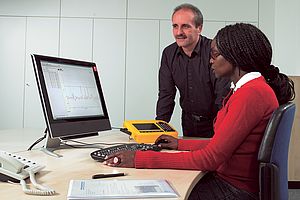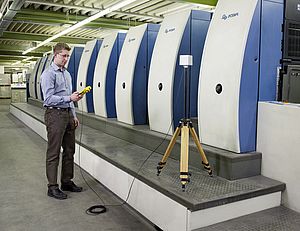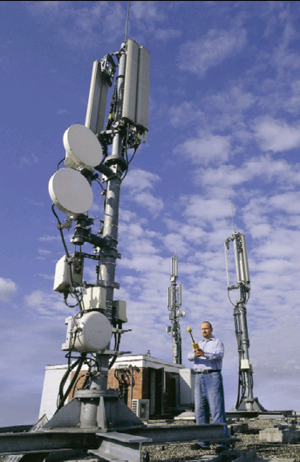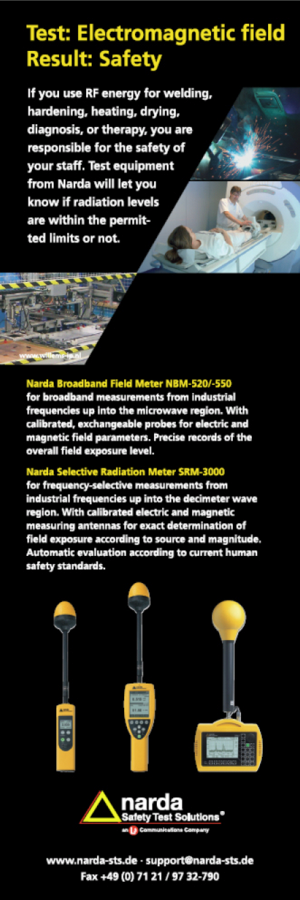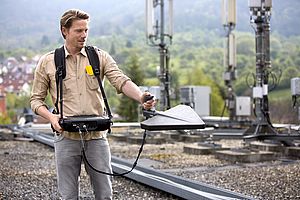SignalShark from Narda Safety Test Solutions is the ideal monitoring receiver. Powerful, portable and versatile, and eminently suitable for upcoming requirements for both mobile and fixed applications, it perfectly combines minimal noise with high intermodulation immunity. The engineers at Narda have designed their latest development specifically for rapid and reliable detection and analysis, classification and localization of RF emissions between 8 kHz and 8 GHz. One of the commonest tasks in telecommunications measurements is an examination of signal levels versus frequency. Here, users benefit from the extraordinarily high dynamic range of the SignalShark. High Dynamic Range (HDR) in this context means the ability of the SignalShark to reliably capture low-level signals in the presence of higherlevel signals without problems. HDR necessitates a difficult balancing act between high sensitivity for low levels and maximum insensitivity to saturation due to high levels in the direct vicinity.
Features and advantages
In practice, measurement engineers are often faced with the tricky situation when they need to make high sensitivity measurements at locations close to VHF antennas or base stations in order to trace unknown interference that is present at much lower levels. Narda’s development team had to invest a huge amount of time and effort to solve this herculean task. The result is a system that is as complex as it is ingenious. The SignalShark’s so-called preselector makes it possible for it to suppress frequency ranges that would interfere with the measurement. The preamplifier and first mixer stage define the low intrinsic noise (displayed average noise level or DANL). The excellent dynamic range of the SignalShark is the result of the ideal combination of DANL with the “insensitivity parameters”, that is the second and third order intermodulation intercept points (IP2 and IP3).
Specifications
In its “Handbook of Spectrum Monitoring”, the International Telecommunication Union (ITU) describes how the ideal receiver should look from their point of view: minimal noise and insensitive to intermodulation – expressed by the three parameters DANL, IP2, and IP3 (between 20 MHz and 3 GHz). The values for the SignalShark for frequencies between 20 MHz and 3 GHz are as follows: DANL = -159 dB (mW/Hz), IP2 = +30/+40 dBm and IP3 = +12 dBm. A direct comparison using a graph with two superimposed triangles makes it clear that Narda’s specifications are practically identical to the theoretical ideal values determined by the ITU. This is an impressive and independent, neutral confirmation of the HDR qualities of the SignalShark, which are unique for this class of device anywhere in its field.


